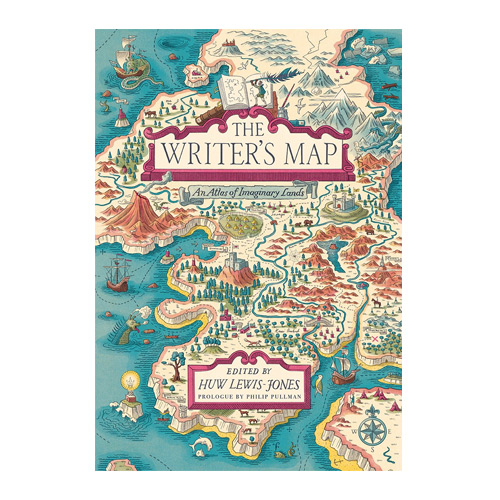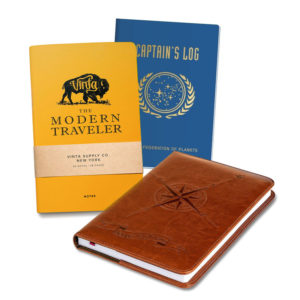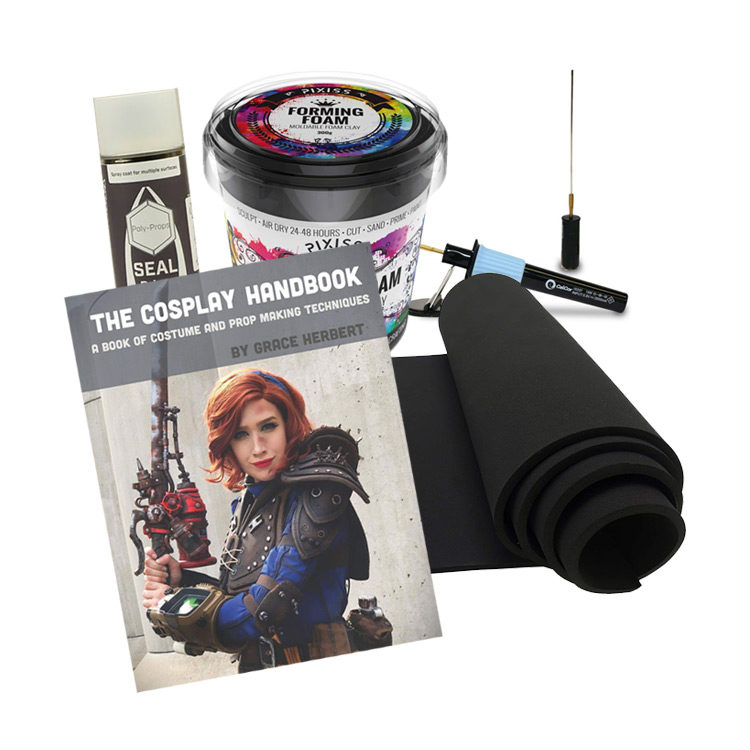Every D&D adventure needs a good map – so any great GM might feel an unquenchable desire to pick up the quill and get to work. Maps offer several advantages for both dungeon masters and players. They can make planning a little easier (not that plans ever go well!), give characters a route to follow, understand distances, and develop the story around certain landmarks such as mountains, rivers, etc. It’s always nice to have one or more maps to help in your Dungeons & Dragons adventures. Here are some ideas for making your own fantasy maps using digital tools or pen and paper.
Why do You Need a D&D Map?
Maps are not a strict need of a Dungeons & Dragons or other roleplaying game – but it’s always a nice addition to have one. Using maps offers several advantages to both game masters players – one of the main ones being the ability to picture things more easily. This is useful both for planning adventures for your players, or for developing your character and strategizing your next move.
Advantages of using maps for GMs:
- They give players a general idea of what the world is like, including the location of towns and cities, rivers, mountains, paths, etc.
- They can help game masters plan adventures based on geography.
- They are a great inspiration source, full of potential ideas for new challenges.
Advantages of using maps for players:
- They can understand distances better
- They can help players plan adventures, discover new interesting locations, and find new routes.
- They can aid you in developing your characters’ stories.
- They are plain awesome to look at.
Why Should You Create Your Own Fantasy Maps?
If your DnD adventure takes place in an existing world or campaign setting (such as Forgotten Realms, Matt Mercer’s Exandria, Dragonlance, Dark Sun, etc) then you probably don’t need to create a map and can instead use one from a library. You can, of course, create maps for smaller and specific locations not normally included in atlases and manuals. However, if you want to create an adventure in either a new world or a part of the world that hasn’t been developed yet, you should always consider creating your own maps.
When you author a fantasy map, you can bring your world to life and let players explore it in more detail. You will be able to create everything from scratch, including mountain ranges, waterways, caverns, cities, and settlements.

The Best Tools for Creating Your Own Roleplaying Maps: Digital vs Physical
You can create your own DnD maps in two main ways:
- You can use a digital tool such as Fantasy Map Maker.
- Or you can use physical tools to generate a paper (or leather) map.
If you use a digital tool to create a map, you will be able to turn static worlds into interactive interfaces. With a tool like Fantasy Map Maker, you will be able to chart characters’ progress, track journeys and antagonists, place armies, and link locations quite easily. However, digital tools are not for everyone – and some GMs (and D&D players) prefer physical props (we have compiled a thorough list of DnD props here if you’re interested).
“Real” physical fantasy maps also offer advantages to DMs and players. For one, people can actually hold them; feel the texture, and smell the ink. This is important for many, especially people who enjoy roleplaying and a more traditional approach to tabletop games.
The process of creating a DnD map can be extremely fun, no matter the tool you use. But if you feel artsy, we have compiled a few tools below that will probably help you in your map crafting adventures.
Popular Online Fantasy Making Tools:
- Inkarnate: An easy-to-use online fantasy map-making platform.
- Azgaar’s Fantasy Map Generator: A powerful online map-making tool.
- Fantasy Map Maker: An interactive online map-making solution with powerful capabilities.
Popular Fantasy Making Software (Downloadable):
- Wonderdraft: A downloadable software for map-making (requires a one-time purchase).
- Campaign Cartographer: A downloadable “nostalgic” software made by ProFantasy.
- Flowscape: Not a mal-making tool per se but a downloadable 3D modeling program that you can also use to make nature scenes.
Everything You Need to Draw Your Fantasy Maps By Hand
Map-Making Paper & Leather
The basic element of fantasy maps is good paper or parchment. There are a few options for creating your DnD map. For example, you don’t need to restrict yourself to actual paper. You can use leather, vellum, papyrus, etc. Of course, durability is a concern (especially if you are going to spend hours working on your map prop!) but things don’t need to look pristine. On the contrary, maps exist to be used – so a few drops of blood shouldn’t detract players from enjoying them!
Made of eco-friendly Daolin paper, these vintage-looking sheets have uniform density and a smooth surface.
Chinese Rice Paper Scroll with Silk. Painting/Calligraphy Area: 30 cm by 64 cm.
Made of natural unfinished leather. Can ve carved, embossed or stamped.
These sheets of papyrus paper have great quality and can make your fantasy maps look really unique.
Calligraphy Pens & Ink
The second element you will need to create your fantasy of DnD map prop is ink. You can use a pen or a sharpie, but why not try something a little more… appropriate for a fantasy world? On top of learning map-making skills, you could also practice your quill use ;) Here are some of our favorite inks, ideal for creating fantasy maps in great detail.
This is a very complete calligraphy and pen and includes 34 pieces ideal for map making.
A simple but beautiful set calligraphy set consisting of a purple pen and black ink.
This Winsor & Ink bottles come in different colors so you can draw more detailed maps.
This elegant set makes drawing maps easy as the nips are very smooth and the ink of great quality.
Supporting Materials for Map Making
Lastly, there are several reference books and guides you can use to become a better fantasy map maker. For example, some books are specialized in the act of creating your own maps while others compile examples of medieval and historical maps that can surely serve as inspiration for your work.
This book includes detailed instructions on how to learn to create fantasy maps step by step.
Includes many examples of medieval and historical maps to use as reference and inspiration.
This collection encompasses maps from books as well as other maps that inspired them.
This set includes over 30 sheets of cream-colored, quad-rules paper measuring 8.5″ by 11″.






















